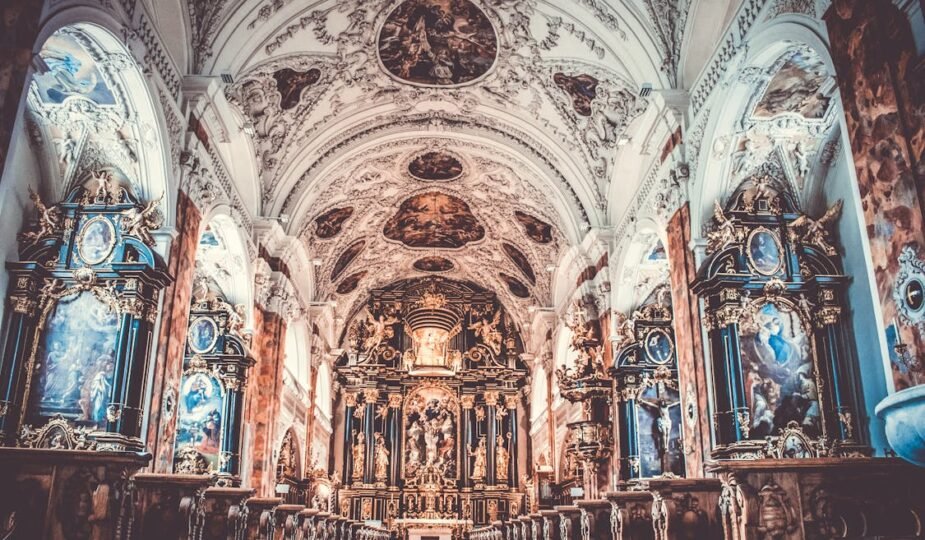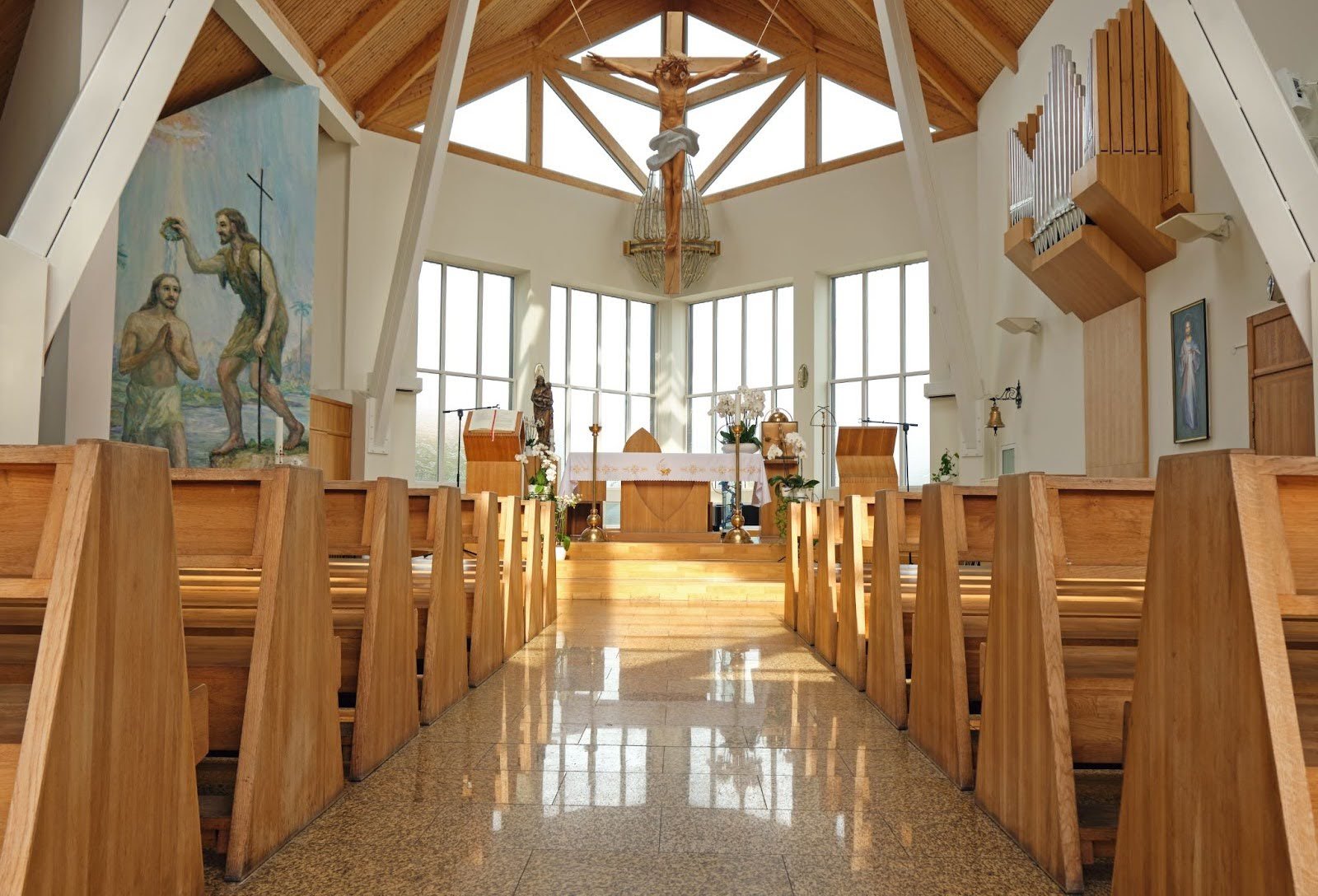
The Evolution of Church Interior Design through the Centuries
Church interior design has evolved significantly over the centuries, reflecting changes in religious practices, artistic movements, and architectural innovations. From the simplicity of early Christian gatherings in private homes to the grandeur of Gothic cathedrals and the modern minimalist designs of today, the interiors of churches have been shaped by a myriad of factors. This article explores the fascinating journey of church interior design, highlighting key changes and the elements that have remained consistent through time.
1. The early Christian period: simplicity and functionality
In the early Christian period, church interiors were humble and functional. The first Christians gathered in private homes, where simplicity was key. There were no grand altars or intricate decorations; instead, the focus was on the congregation and the message of the Gospel. These early spaces were often small, reflecting the modest means of early Christians and the secrecy required during times of persecution.
As Christianity began to spread and gain acceptance, larger spaces were needed to accommodate growing congregations. The design of these spaces remained simple, with an emphasis on the communal aspect of worship. Seating was minimal, often just benches or stone slabs, as standing during services was common. The use of church chairs as we know them today was non-existent during this period, as the primary focus was on the altar and the word of God.
2. The Byzantine influence: richness and symbolism

The rise of the Byzantine Empire marked a significant shift in church interior design. Churches became more elaborate, with a strong emphasis on symbolism and the divine. The interiors of Byzantine churches were adorned with intricate mosaics, gold leaf, and icons that depicted religious scenes and figures. These elements were not just decorative but were meant to convey spiritual truths and elevate the minds of worshippers to the heavenly realm.
The introduction of domes in church architecture during this period also influenced interior design. The dome became a symbol of the heavens, and the interior of these domed churches was often richly decorated with scenes from the Bible and images of Christ and the saints. The seating arrangements began to reflect the hierarchical nature of the church, with specific areas designated for clergy and laity.
3. The Gothic era: height and light
The Gothic era brought about some of the most iconic changes in church interior design. Characterized by soaring ceilings, pointed arches, and large stained glass windows, Gothic churches were designed to inspire awe and direct attention upwards, towards God. The interiors of these churches were vast and filled with light, creating an ethereal atmosphere that was meant to evoke the divine.
Stained glass windows became a central feature of Gothic churches, telling stories from the Bible and the lives of saints in vivid color. The walls of these churches were often adorned with intricate carvings, depicting scenes of judgment, salvation, and the glory of God. The use of light and space in Gothic church interiors was revolutionary, creating a sense of openness and connection to the divine.
Wooden pews began to be installed, providing seating for the laity while maintaining a clear distinction between the clergy and the congregation. These pews were often ornately carved, reflecting the artistic style of the period and the importance of the church as a center of community life.
4. The Renaissance and Baroque periods: art and opulence
The Renaissance brought a renewed interest in classical art and architecture, which was reflected in church interiors. Churches during this period were designed to be works of art, with interiors that were richly decorated with frescoes, sculptures, and paintings by some of the greatest artists of the time. The emphasis was on creating a visually stunning space that reflected the glory of God and the achievements of mankind.
The Baroque period took this opulence to new heights, with church interiors that were designed to overwhelm the senses. Baroque churches were filled with elaborate altarpieces, gilded decorations, and dynamic sculptures that seemed to burst forth from the walls. The use of light and shadow in these interiors was masterful, creating a sense of drama and movement that was meant to draw worshippers into the experience of the divine.
During these periods, the pews were often highly decorated, with intricate carvings and sometimes even painted designs. The focus on creating a unified and harmonious interior extended to every aspect of the church, from the altar to the seating, creating a space that was both beautiful and spiritually uplifting.
5. The Modern era: minimalism and inclusivity

In contrast to the opulence of the Baroque period, the modern era has seen a return to simplicity and minimalism in church interior design. Many modern churches are designed with a focus on functionality and inclusivity, reflecting changes in society and religious practice. The interiors of modern churches are often open and flexible, designed to accommodate a variety of worship styles and community activities.
The use of natural materials and light is a common feature of modern church design, creating a serene and welcoming atmosphere. The emphasis is often on creating a space that is accessible and inviting to all, with an openness that reflects the inclusive nature of modern religious communities. Seating in modern churches is typically more flexible, with moveable chairs rather than fixed pews, allowing the space to be adapted for different purposes.
The evolution of church interior design is a reflection of the changing nature of religious practice, artistic expression, and societal values. From the simple, functional spaces to the minimalist designs, church interiors have been shaped by a desire to create a space that reflects the divine and serves the needs of the congregation.









